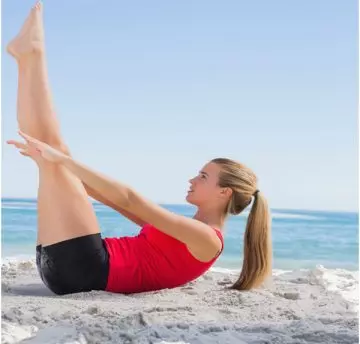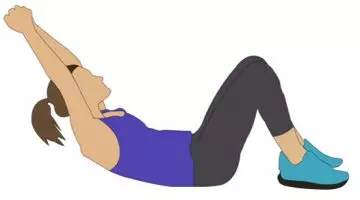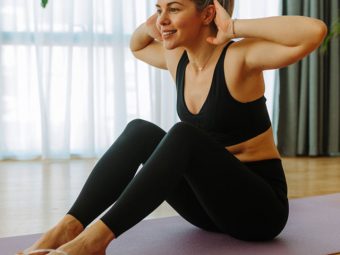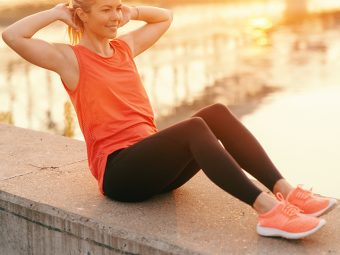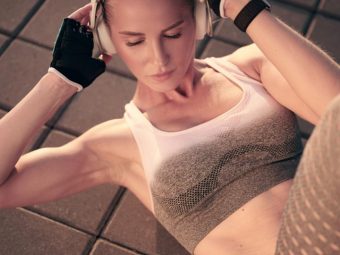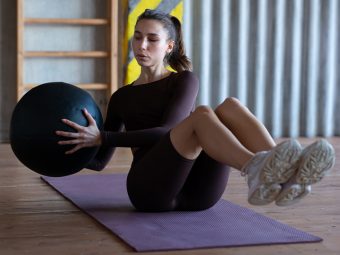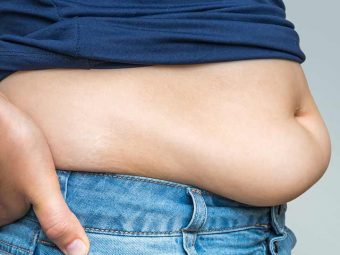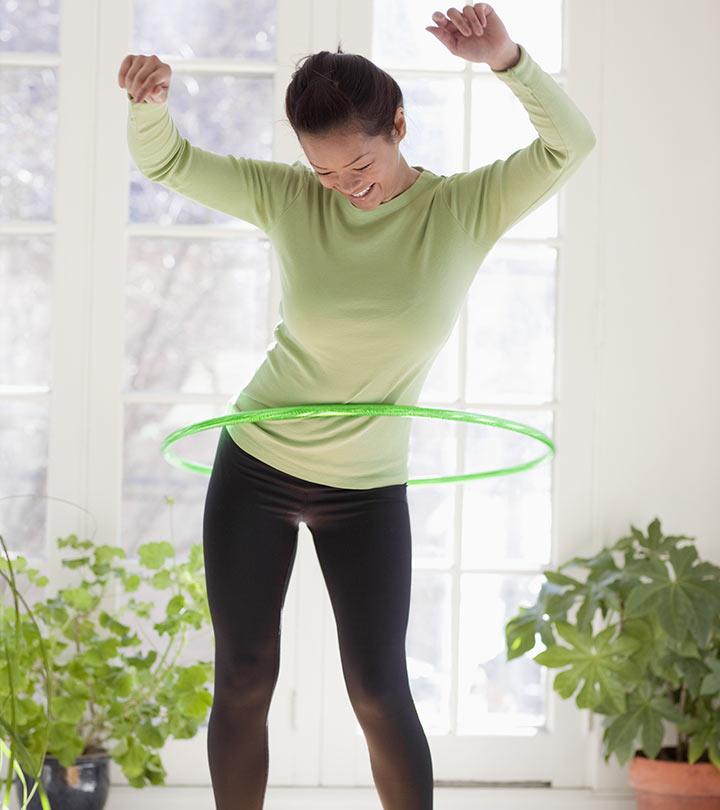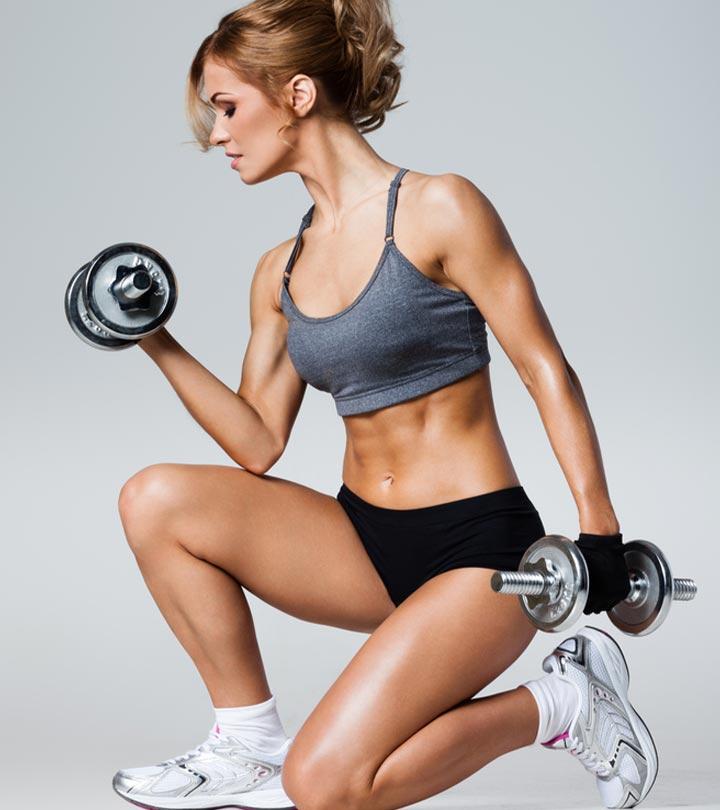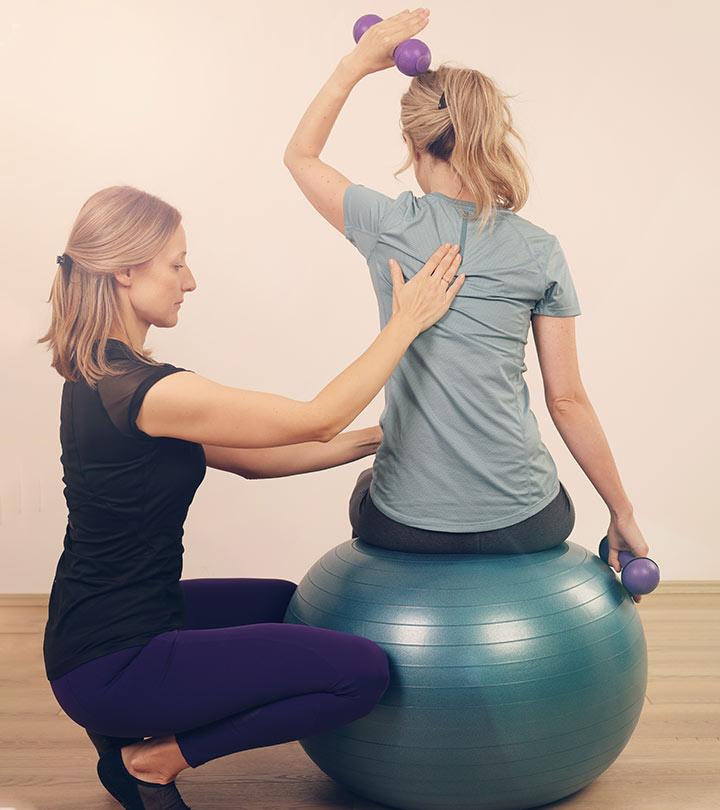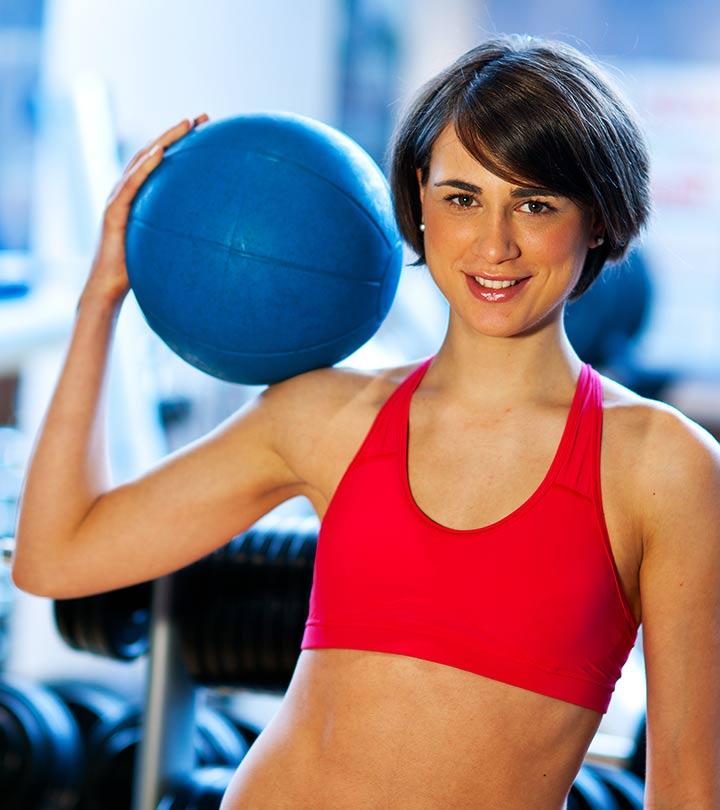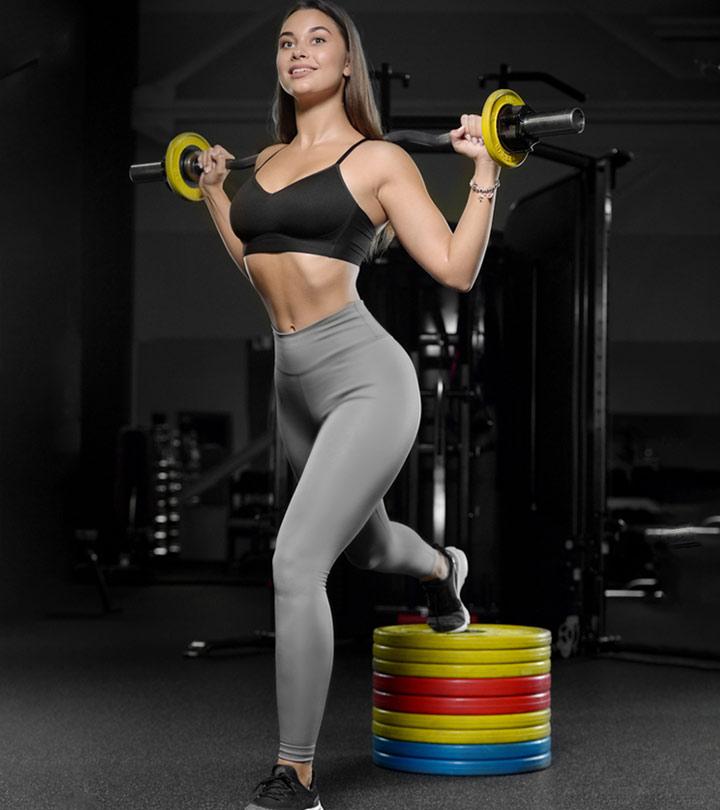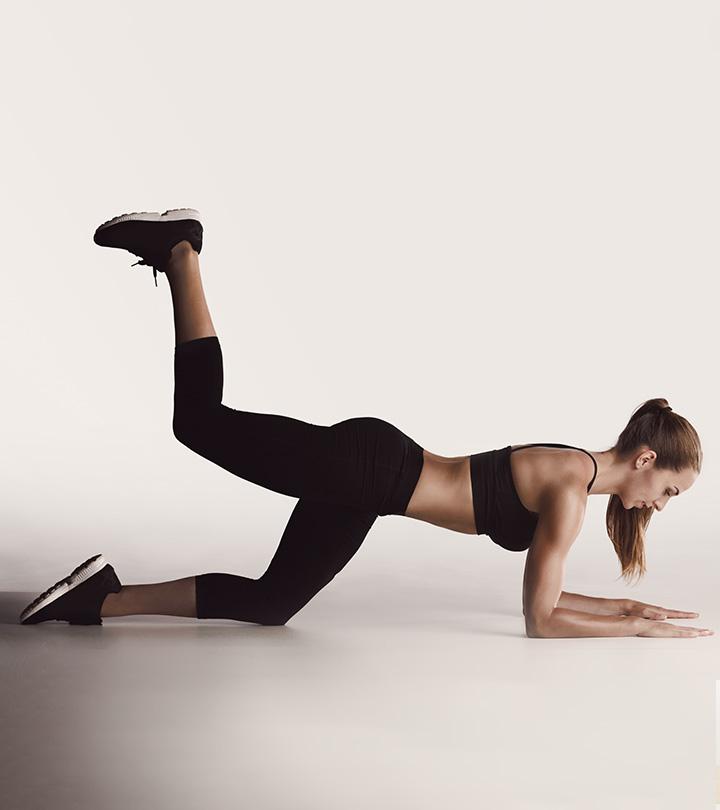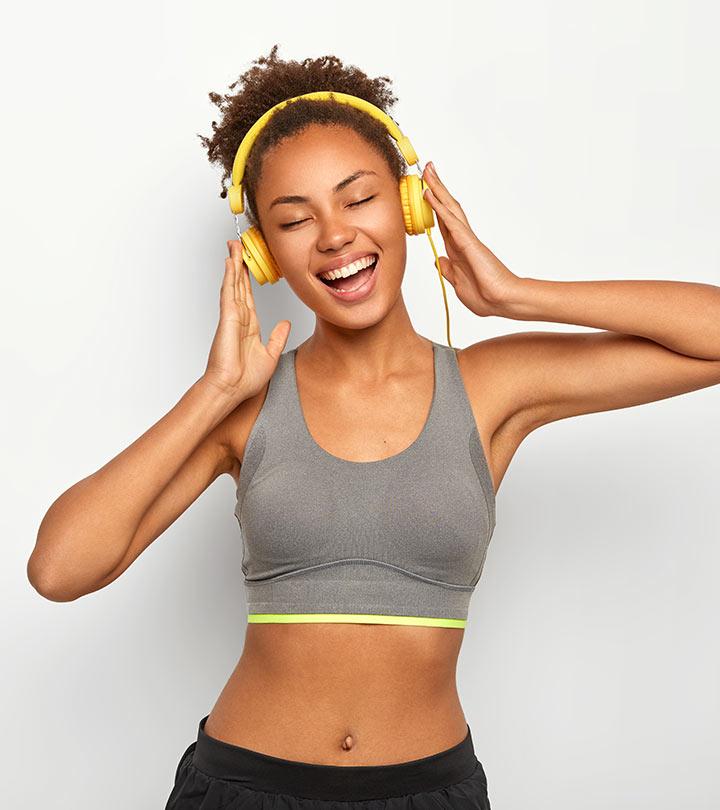6 Types Of Crunches, Benefits, How To Do, & Important Tips
Get those ripped abs of your dreams while targeting your core strength and muscles.
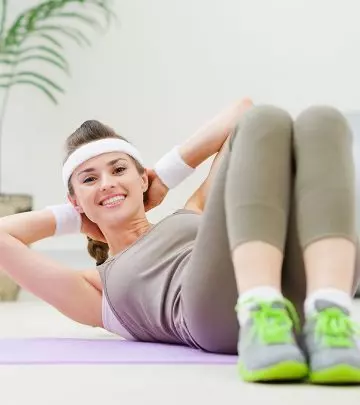
If you are someone familiar with the various kinds of exercises, you must be aware of the benefits of crunches as well! If not, fret not, we got you covered here! Crunches are abdominal exercises that mainly target your core muscles. Those chiseled 6-packs you see and adore are all a result of rigorous training that involves a variety of crunches, such as bicycle crunches, oblique crunches, twisted crunches, swiss ball crunches, and v-sit crunches along with other exercises. They are great core workouts that strengthen your core muscles with your own body weight. These work by flexing and releasing your core abdominal muscles helping lose fat and build lean muscle mass alongside. While they don’t need any specific equipment and can be done anywhere anytime, you can do crunches with weights as well!
A 2020 study analyzed the gender-based preference for fitness exercises in North Americans. It was a mixed-method study that involved 342 males and 327 females from the US and Canada. Overall, both males and females reported crunches to be one of their preferred exercises. 64.2% of males and 52.3% of females reported having a high perceived self-efficacy. Only 12.87% of males expressed concerns about doing crunches, as they found them strenuous for their bodies.
Imogen Rose, a YouTuber, took the challenge of doing 200 crunches every day for 7 weeks to understand the changes that it can do to the body. She stated, “Day one: I underestimated how hard this was going to be. My abs were burning the whole way through these first 200 (i).” She admits to having followed a diet plan and also some cardio exercises. By day 5 it got easier to do the crunches and the body got used to it, and by day 7 the stomach had toned down visibly. She added, “My stomach looks noticeably flatter than before.”
To know more about the benefits of crunches and how you should go about doing them, read on!
 Crunches
Crunches- Frequency: 2-3 times per week
- Benefits: Strengthen your core and improve mobility and flexibility.
- Equipment Needed: Exercise mat, dumbbells
- Space Required: Small area
- Assistance Required: No
- Who Should Avoid: Anyone with a history of back pain, spine problems, or neck issues and pregnant women
In This Article
Here Are Some Types Of Crunches, How To Do Them, And Their Benefits
1. The Basic Crunch:
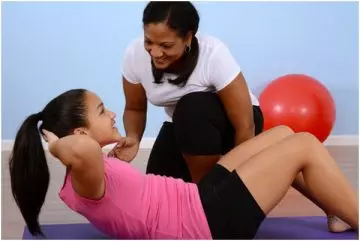
 Quick Tip
Quick Tip2. Reverse Crunch:
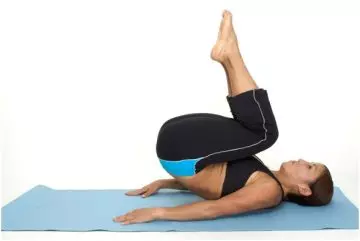
3. Vertical Leg Crunch:
4. Long Arm Crunches:
5. Bicycle Crunch:
 Quick Tip
Quick Tip6. Double Crunches:

Pros And Cons Of Doing Crunches
Pros
- Help prevent injuries and reduce back pain.
- Are easy to perform and do not require any special equipment.
- Improve balance and stability like any core exercise.
- Help reduce muscle pain and improve posture.
- Have several variations targeting different parts of the core that help break the monotony in your workout routine.
Cons
- Improper form can lead to injury (pulling your neck can strain your neck).
- Repeating the same form without any variation may lead to muscle imbalance and cause injury.
- Is not suitable for people with certain conditions like a herniated disc or lower back problems.
Infographic: Mistakes To Avoid While Doing Crunches
Crunches are one of the most popular exercises in abs training and they also improve flexibility and endurance. There are different variations of crunches that you can try at home. However, maintaining posture and following the right movements are crucial to avoid cramps and pains. Check out the infographic to know the common mistakes to avoid while doing crunches. Illustration: StyleCraze Design Team
Crunches are the best to strengthen your core muscles, lose fat in the abdomen, and get well-defined six-pack abs. You don’t require any equipment to do these exercises. So, you can do them wherever you wish to, be it at home or outdoors. However, the key here is to maintain a good posture and form to avoid getting injured. Also, start with fewer reps and gradually increase the number as you feel comfortable. Complement this workout plan with a good diet to see the results for yourself in a few months.
Frequently Asked Questions
Is it healthy to do crunches every day?
Yes. Doing crunches every day is healthy and safe if you perform just a few sets.
Do crunches slim your waist?
Yes. Crunches and more specifically exercises like Russian twists, plank twists, and side plank crunches help tighten and tone the muscles around your abdomen, giving your stomach a flat look.
Which is better – plank or crunches?
Planks are better than crunches as they target a wider range of muscles and help build a stronger core from shoulders to glutes. Crunches are good for building ab muscles.
What is the best time to do crunches?
It is considered healthier to do crunches in the morning or before a meal to avoid the risk of back pain.
Which is harder – sit-ups or crunches?
Sit-ups activate more muscles than crunches and have a wider range of motion, making them comparatively harder.
Key Takeaways
- Crunches help strengthen abdominal muscles.
- They target the rectus abdominis muscle, also called the “six-pack muscle”.
- Crunches can help prevent lower back pain and improve one’s posture.
- It is essential to maintain a proper form and posture while performing crunches to avoid injuries.
Calling all fitness beginners! Learn the right way to perform crunches. Get the best abs exercises with this fitness video. Take a look at the easy-to-follow guide in the video below to get fit and toned..
Personal Experience: Source
StyleCraze's articles are interwoven with authentic personal narratives that provide depth and resonance to our content. Below are the sources of the personal accounts referenced in this article.
(i) Realistic What 200 Ab Crunches A Day For A Week Did To Me | Before & After | Bali Series
https://www.youtube.com/watch?v=jQahgALo2Lc





